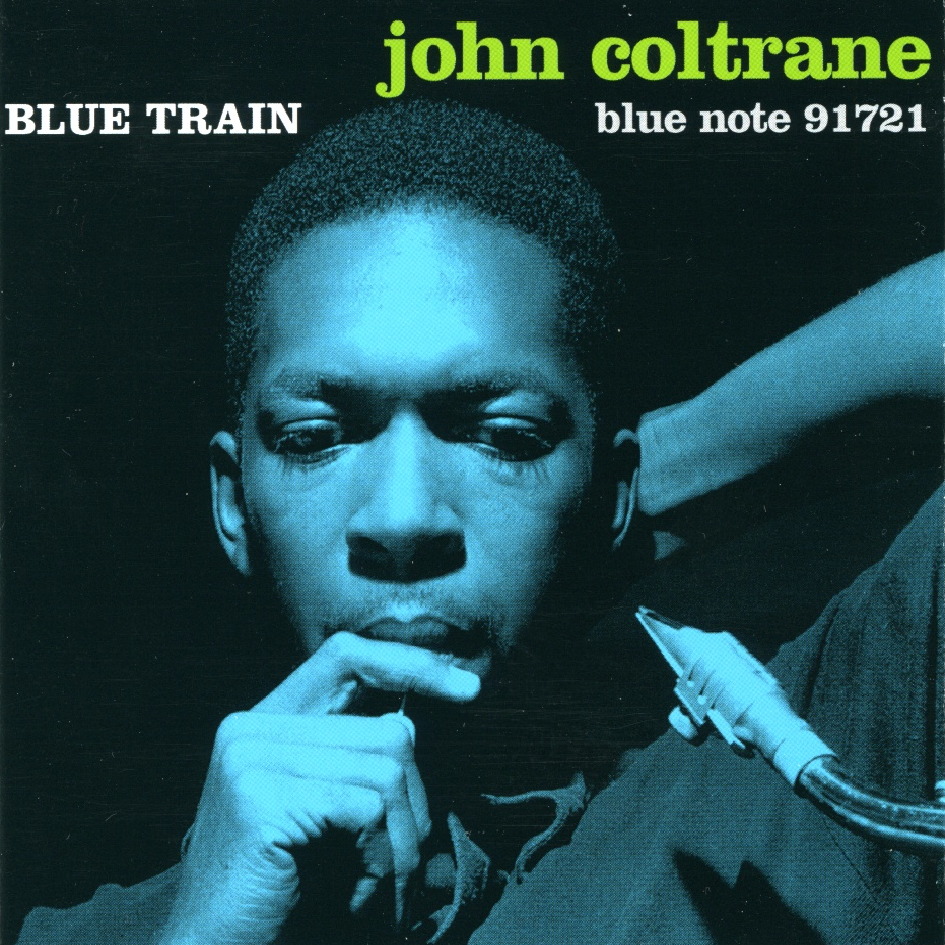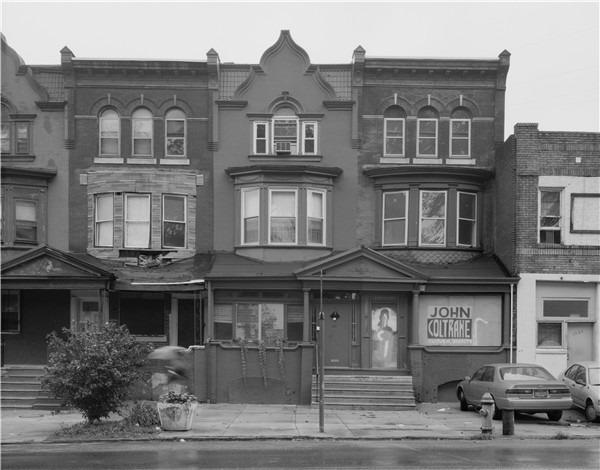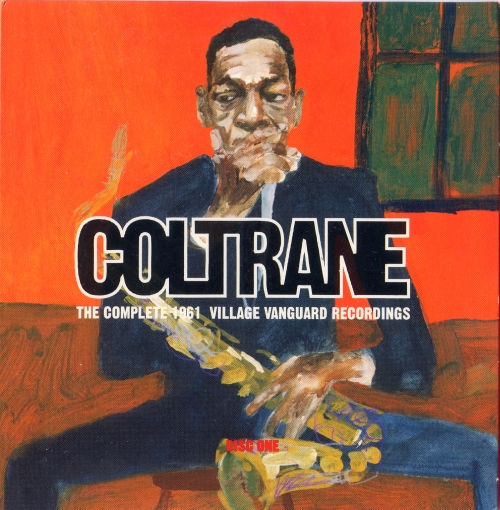
WALL STREET JOURNAL: The Long Island home where John Coltrane penned his iconic “A Love Supreme” is one of America’s most endangered historic sites, according to the annual list released by the National Trust for Historic Preservation Wednesday. Jazz great Coltrane purchased the modest 1950s Dix Hills ranch home in 1964 and lived there until he died in 1967. He transformed the basement into a recording and rehearsal studio and converted a guest room into a composition space. His wife Alice Coltrane lived in the home until 1973. Though the space is more artistically than architecturally significant, a local organization that owns the vacant home aims to restore it as an education center. However, the home has fallen into disrepair and it needs mold remediation, repairs and conservation. MORE
RELATED: Although the legendary John Coltrane died of liver cancer in 1967 at the tragically young age of 40, his influence and popularity are still as strong as they were while he was alive. Sadly, the [Philadelphia] house where Coltrane once lived is dying a slow death, desperately in need of restoration that seems beyond the means of the many who care about its preservation. John Coltrane, his mother, aunt and cousin arrived in Philadelphia from High Point, N.C., in 1943. Coltrane had studied the saxophone and clarinet while in high school in North Carolina. In Philadelphia, he worked  Campbell Soup plant and a sugar refinery. Drafted in 1945, he played in the U.S. Navy Band. Coltrane toured with famed trumpeter Dizzy Gillespie in 1950 and returned to Philadelphia in 1951. Back in Philly, he started hanging out in black clubs and attended Ornstein School of Music, formerly part of Combs College of Music in Chestnut Hill. Coltrane continued his classical studies on a scholarship during the day at the Granoff School of Music near 21st and Spruce. At night, he played rhythm and blues and jazz in such clubs as Zanzibar, the Downbeat and the Blue Note. John Coltrane playing the saxaphone on a brochure from the John W. Coltrane Cultural Society.From the time he became a member of the band headed by the acclaimed Miles Davis, Coltrane began gaining wide recognition for blowing his long, strong and shattering solos. He played with jazz stars such as pianist Thelonious Monk and his personal idol, sax extraordinaire Charlie Parker. He formed the famous John Coltrane Quartet at the 33rd Street home. That group included pianist McCoy Tyner, drummer Elvin Jones and bassist Jimmy Garrison. From his Government Issue loan and his mother’s savings, he had purchased the 1511 N. 33rd St. property for $5,416. Coltrane wrote “Blue Trane” and many other tunes at his home , which carries the National Historic Landmark distinction and now sits in despair. MORE
Campbell Soup plant and a sugar refinery. Drafted in 1945, he played in the U.S. Navy Band. Coltrane toured with famed trumpeter Dizzy Gillespie in 1950 and returned to Philadelphia in 1951. Back in Philly, he started hanging out in black clubs and attended Ornstein School of Music, formerly part of Combs College of Music in Chestnut Hill. Coltrane continued his classical studies on a scholarship during the day at the Granoff School of Music near 21st and Spruce. At night, he played rhythm and blues and jazz in such clubs as Zanzibar, the Downbeat and the Blue Note. John Coltrane playing the saxaphone on a brochure from the John W. Coltrane Cultural Society.From the time he became a member of the band headed by the acclaimed Miles Davis, Coltrane began gaining wide recognition for blowing his long, strong and shattering solos. He played with jazz stars such as pianist Thelonious Monk and his personal idol, sax extraordinaire Charlie Parker. He formed the famous John Coltrane Quartet at the 33rd Street home. That group included pianist McCoy Tyner, drummer Elvin Jones and bassist Jimmy Garrison. From his Government Issue loan and his mother’s savings, he had purchased the 1511 N. 33rd St. property for $5,416. Coltrane wrote “Blue Trane” and many other tunes at his home , which carries the National Historic Landmark distinction and now sits in despair. MORE
 The Complete 1961 Village Vanguard Recordings
The Complete 1961 Village Vanguard Recordings
IMPULSE
In its golden age, jazz was the radiator steam squealing out of the tenement soul of the neon postwar American night. Native son John Coltrane was one those angel-headed hipsters tweaking the thermostat. You could bookend his sax mojo with the almost-pop My Favorite Things and the transcendental dissonance of Ascension. But Live at the Village Vanguard, Coltrane’s great white whale, swallows both of them whole. Recorded live over four nights in 1961, this box set captures Coltrane just as he was making the transition from mortal to immortal. After star-making collaborations with Miles and Monk, he stepped into the spotlight fronting a band that was for all intents and purposes the Led Zeppelin of jazz: Eric Dolphy, McCoy Tyner, Elvin Jones, Reggie Workman, Jimmy Garrison and Ahmed Abdul Malik. For four nights at the dawn of the ’60s, Coltrane and band scribbled out the same eight pieces — the modal raga of “India,” the holy-soul jellyroll of “Spiritual,” the zig-zag blues of “Chasin’ the Trane” and “Impressions,” the metaphysical graffiti of “Brasilia” and “Greensleeves” and the midnight honk of “Miles’ Mode” and “Naima” — telegraphing the decade’s looming radicalism. — JONATHAN VALANIA
***
